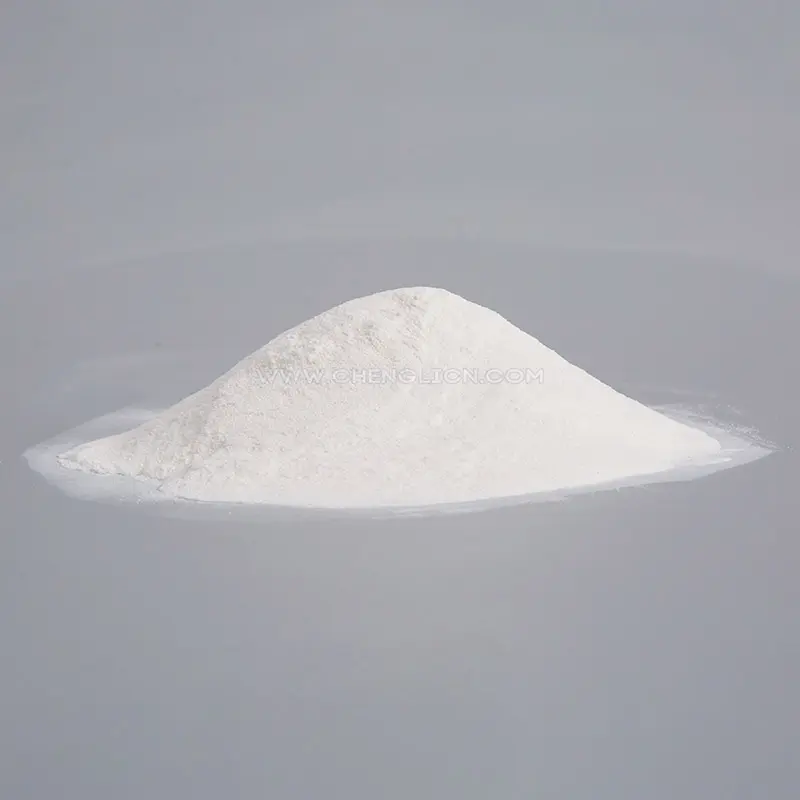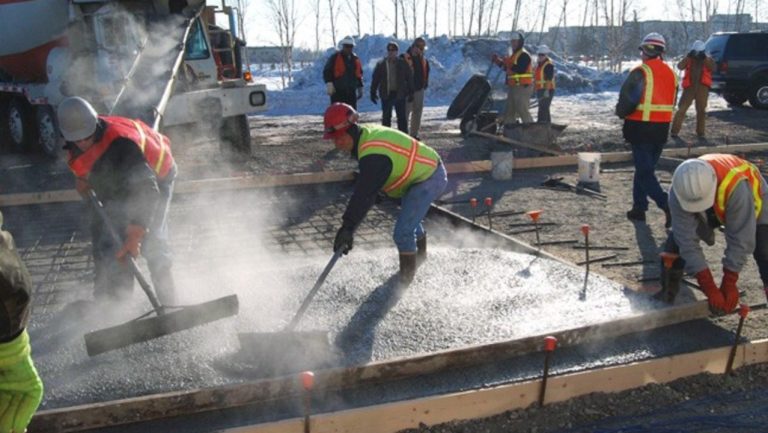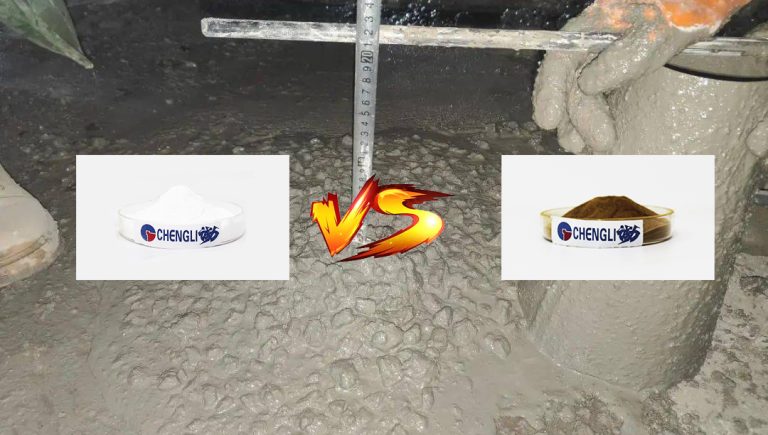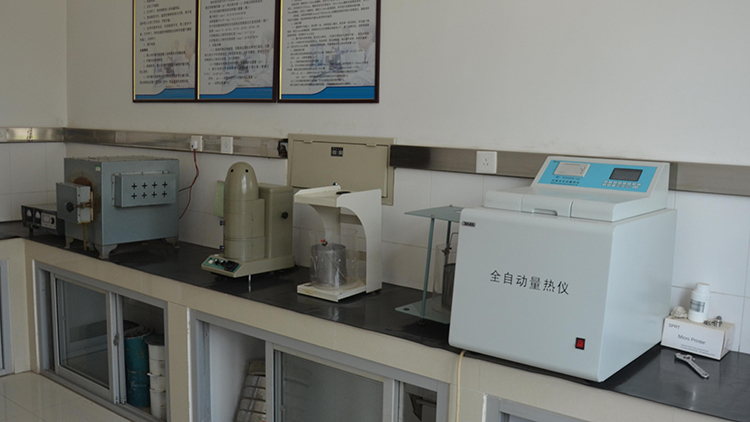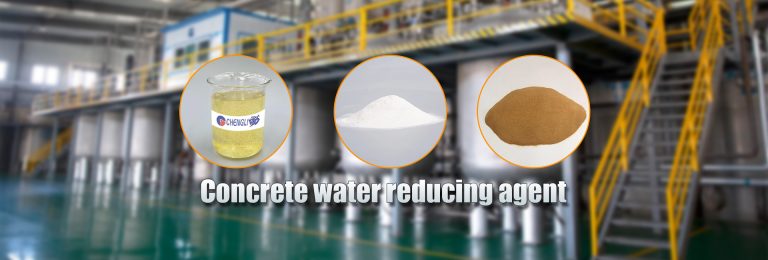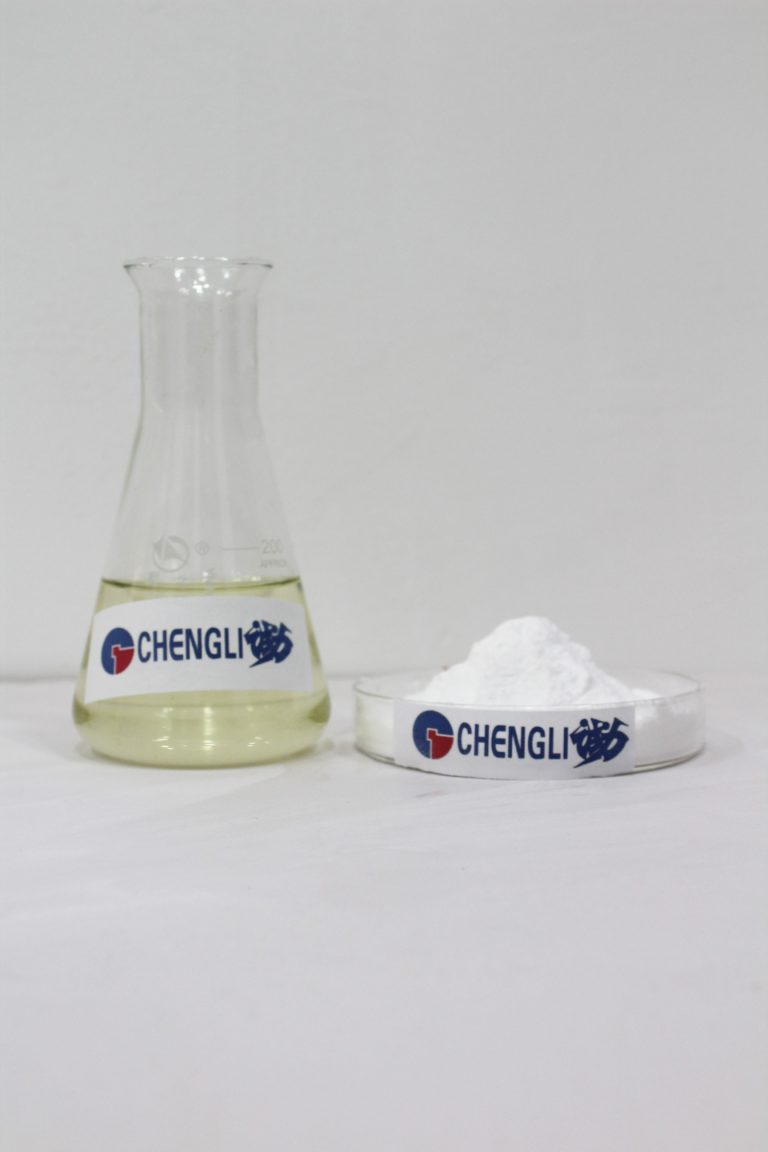The Susceptibility of Polycarboxylic Acid Water Reducers to Mud Content: Challenges and Solutions
Mud in sand and gravel affects concrete performance. It reduces polycarboxylic acid water reducer (PCE) efficiency. Clay particles adsorb Polycarboxylate Superplasticizers excessively, leaving less for cement dispersion. This causes poor workability, rapid slump loss, lower strength, and durability issues.
1. Key Impacts of High Mud Content
High mud content harms Polycarboxylate Superplasticizer performance in several ways. First, it decreases water reduction rates. Polycarboxylate Superplasticizer molecules bind to clay instead of cement, requiring higher dosages. Second, concrete slump loss increases. Reduced dispersion leads to quicker particle agglomeration. Third, durability suffers. Cracks form due to uneven hydration and lower density.
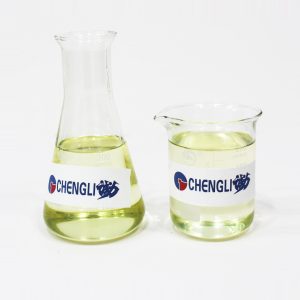
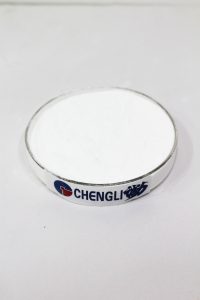
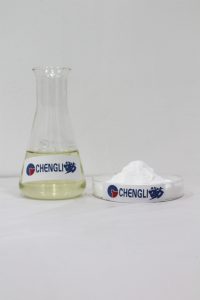
2. Conventional Solutions for Mud-Related ChallengesEngineers use several methods to mitigate mud effects.
2.1 Dosage Adjustment and Additive Blending
Increasing Polycarboxylate Superplasticizer dosage boosts available molecules for cement. Adding slow-release slump retainers extends dispersion time. However, overuse risks issues like bleeding or delayed setting. Thus, balance is critical to avoid concrete defects.
2.2 Mix Proportion Modification
Adjusting the sand ratio reduces clay volume. Lower sand ratios increase paste volume, improving workability. Adding air-entraining agents traps air bubbles, freeing water for hydration. This enhances fluidity without extra water.
2.3 Component Optimization
Incorporating specific additives improves mud resistance. Sodium pyrosulfite and thiosulfate reduce clay adsorption by competing for binding sites. Meanwhile, sodium hexametaphosphate directly disperses clay particles, preventing agglomeration. Additionally, sodium sulfate boosts early hydration, effectively countering strength loss caused by mud interference.
3. Limitations and Future Directions
Current methods have drawbacks. They may not fully solve severe mud issues. Durability impacts from long-term mud exposure need more research. The best approach remains controlling raw material quality. Strict sand washing and grading reduce mud content at the source. This minimizes reliance on corrective measures, ensuring consistent concrete performance.

